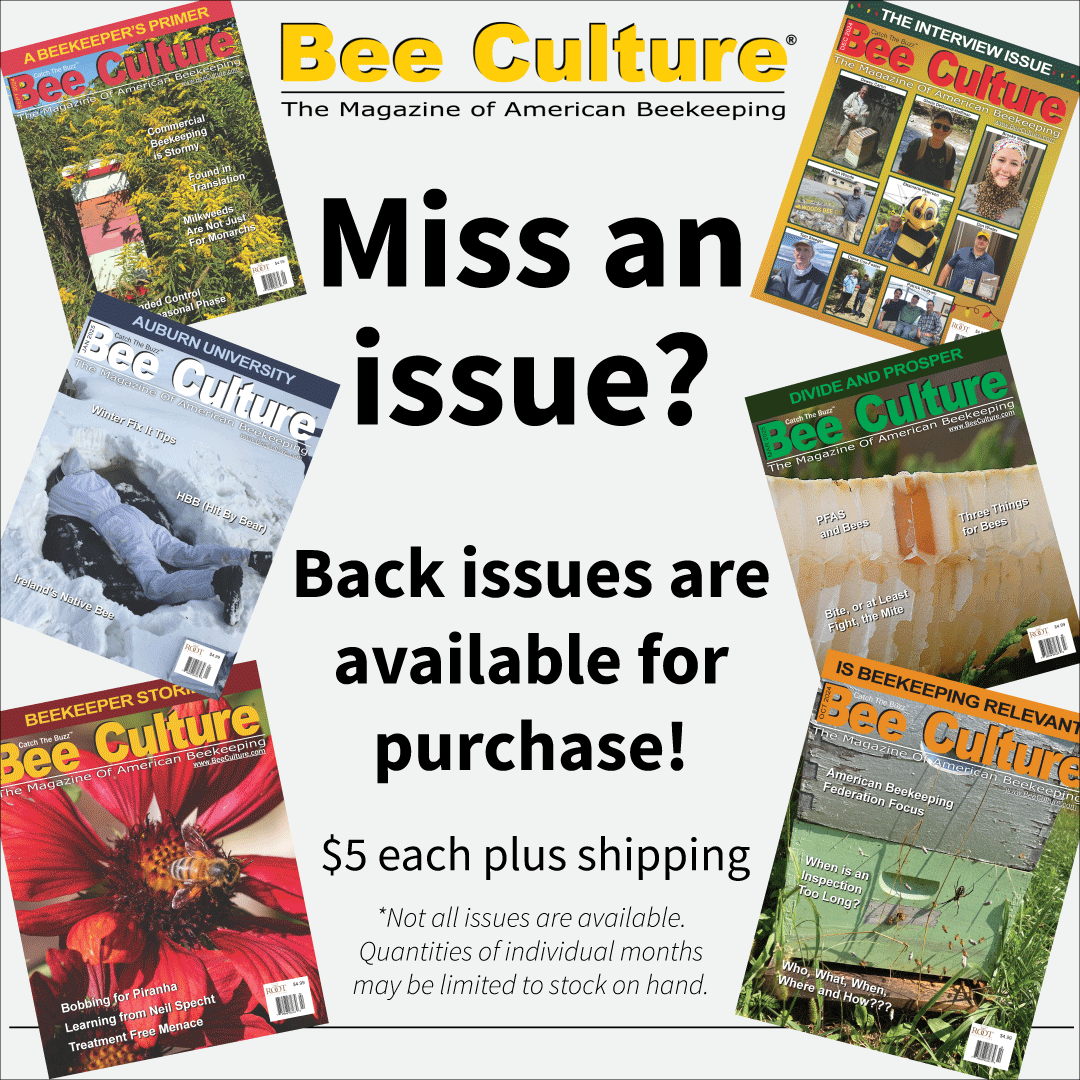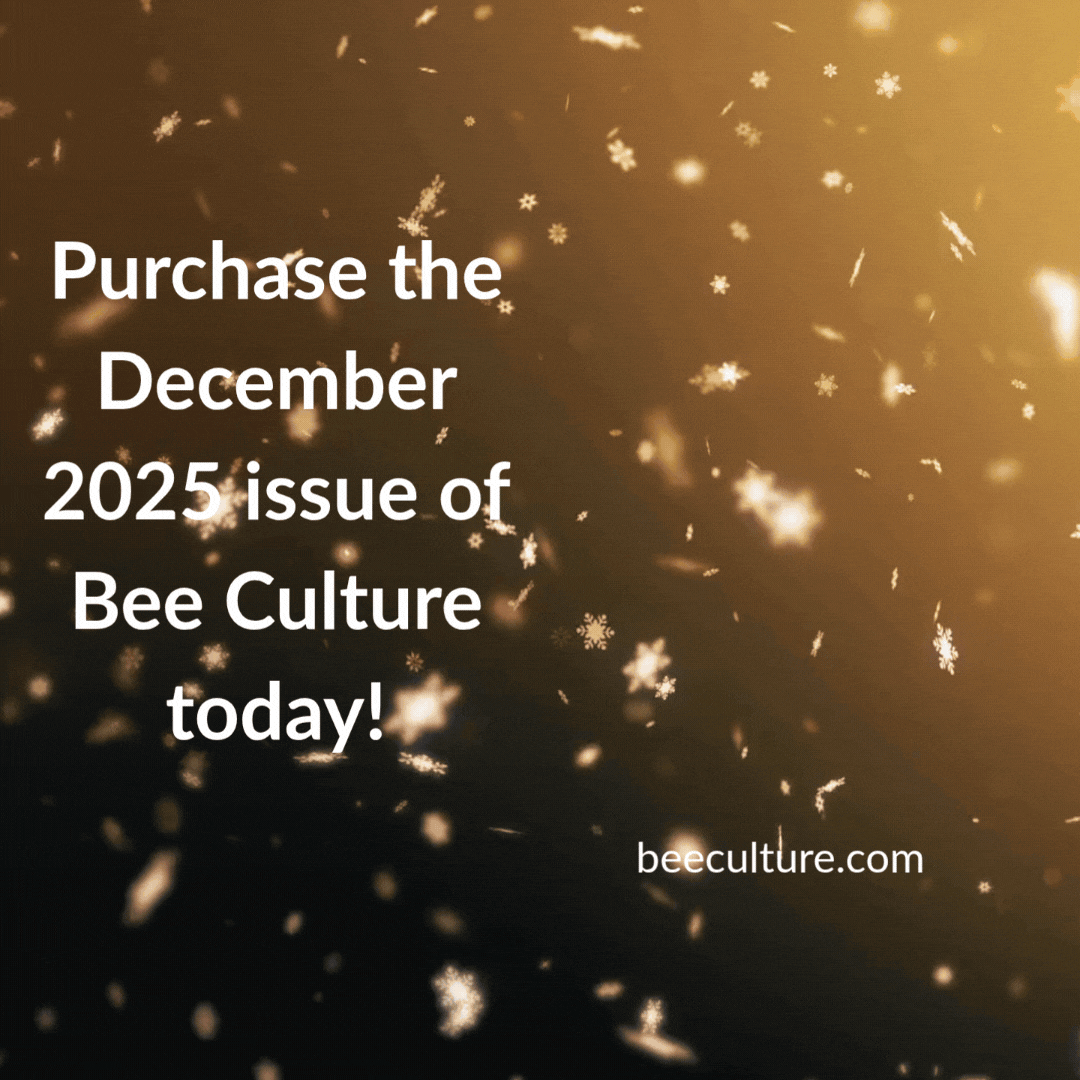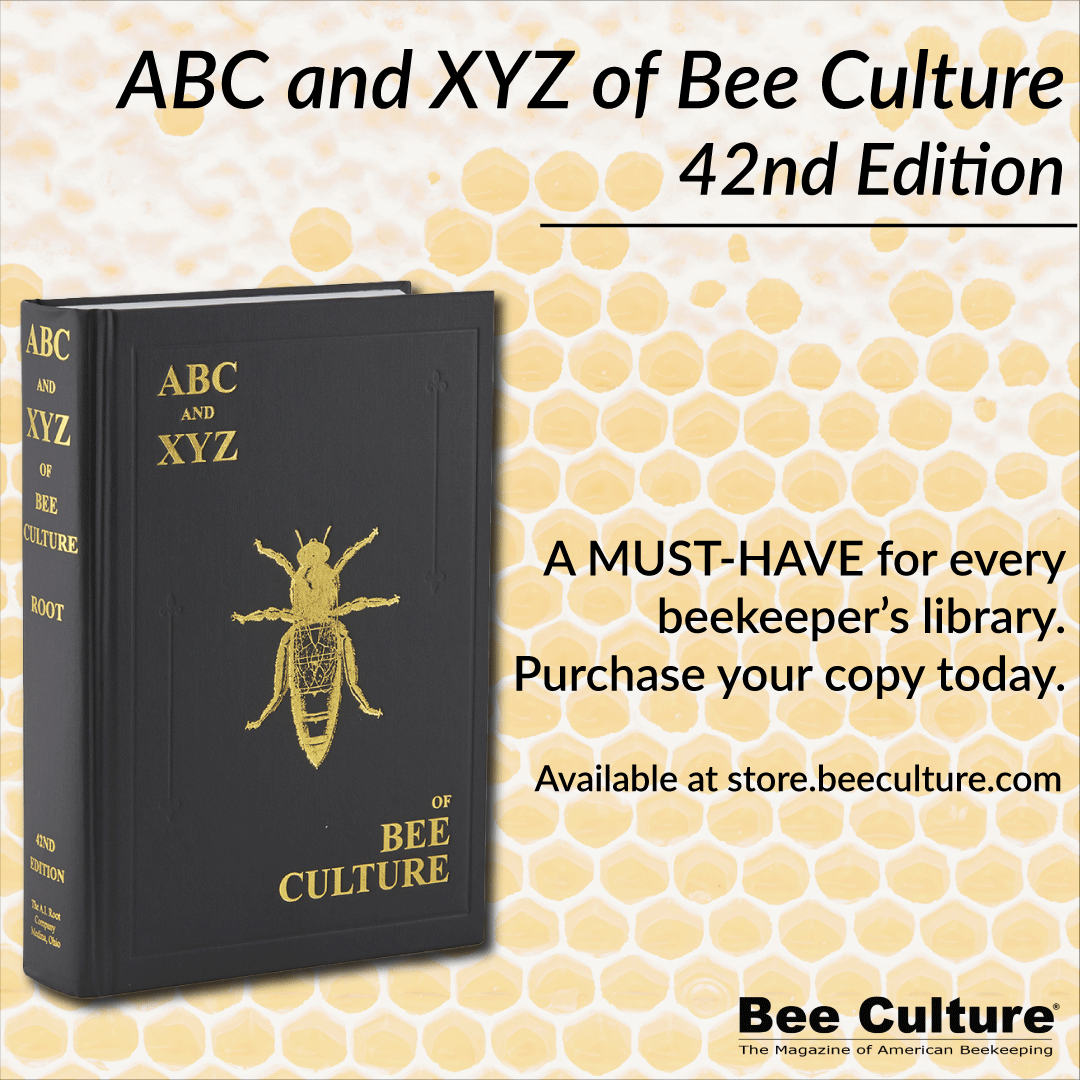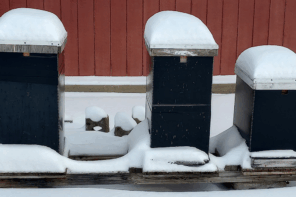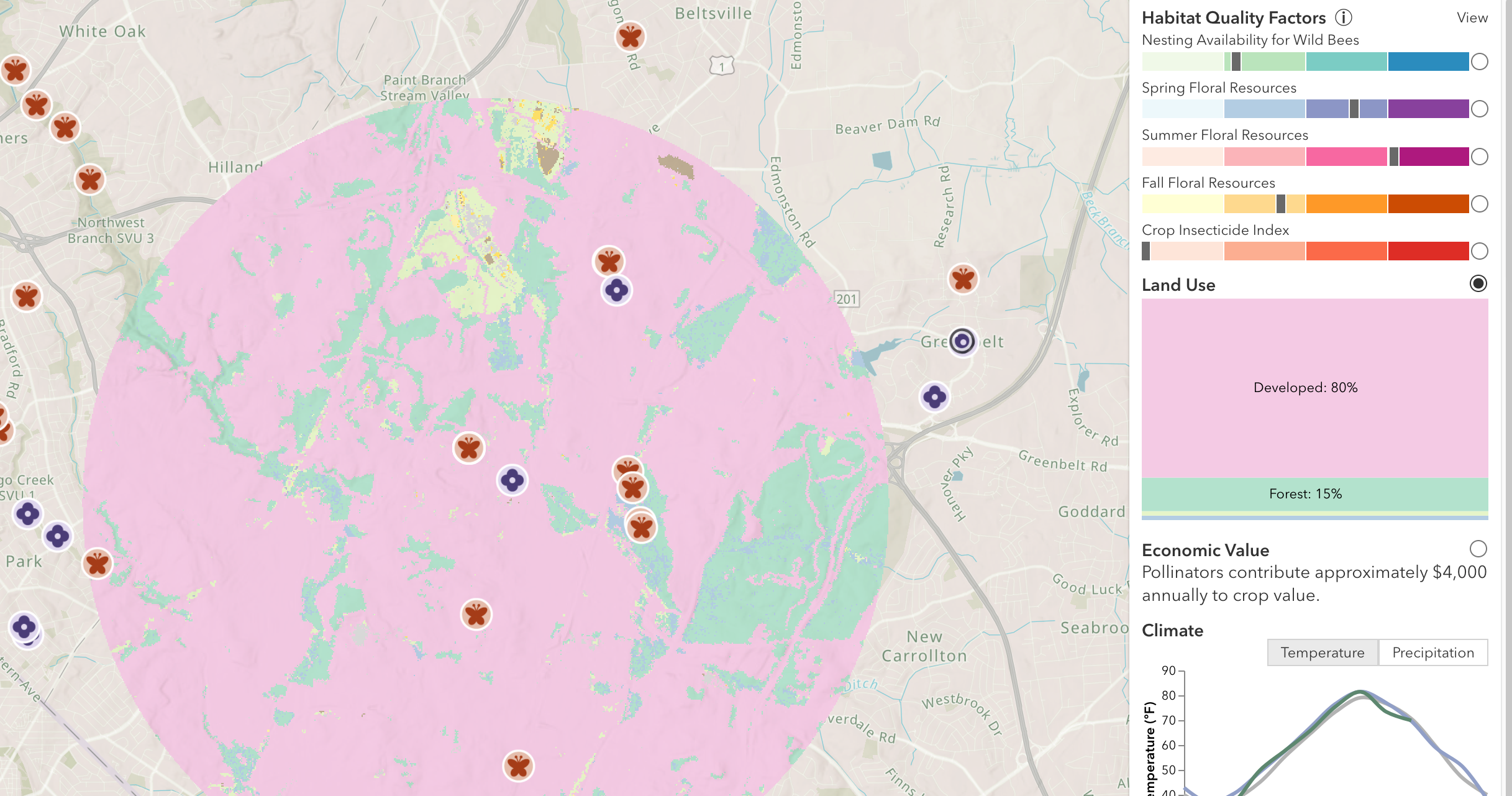By: Ann Harman
This article originally appeared in the Autumn 2017 issue of BEEKeeping Your First Three Years
Every beginner needs to start beekeeping with two hives. However, as a beekeeper-to-be, your response may be ‘I don’t need that much honey.’ Or perhaps ‘my garden is so small that I don’t need that much pollination.’ An experienced beekeeper can tell you there are many reasons why beginning with two hives is much better than only one.
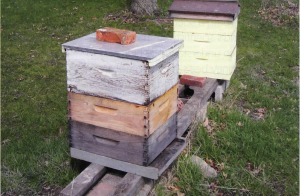 Beekeeping is both a science and a craft. The world’s scientists are hard at work seeking to understand the hidden secrets of a honey bee’s life along with the problems facing the bees today. Beekeeping magazines and clubs with speakers on many different topics can bring to all beekeepers the science of beekeeping. Paying attention to the science of bees helps you understand them better and gives you the opportunity of being a better beekeeper. The craft side of beekeeping has to be learned by doing.
Beekeeping is both a science and a craft. The world’s scientists are hard at work seeking to understand the hidden secrets of a honey bee’s life along with the problems facing the bees today. Beekeeping magazines and clubs with speakers on many different topics can bring to all beekeepers the science of beekeeping. Paying attention to the science of bees helps you understand them better and gives you the opportunity of being a better beekeeper. The craft side of beekeeping has to be learned by doing.
Think of the various crafts, sports or hobbies you have tried and learned. Cooking is a craft with its own language – ‘baste with marinade…’ Perhaps you tried tennis or golf-both involve hitting a ball but have a much different approach. Whatever craft, sport or hobby interests you, it comes with its own language and development of skills. And so it is with beekeeping.
Watching bees at the entrance to their hive can give us some useful information about foraging and defense. But what are the bees doing inside? Some hives today have glass or plastic windows, covered with a removable opaque panel but the view of colony activity is extremely limited. Any such window does have to be kept covered except for the brief periods of observation. Bees prefer a completely dark home to carry out their work. Their recognition of odors and sense of touch are almost all they need to function as a colony. So the activities constantly going on – yes, 24 hours a day – can be a mystery.
Observation hives do reveal many activities but since they are usually made of two or three single combs, they are not totally like a colony in a hive. (They also are notoriously difficult to manage.)
Starting beekeeping with two hives has numerous advantages. Let’s start with one that will be a bit different in your very first year. Have one as a ‘let alone’ hive that is opened only for pre-determined inspections and necessary management. The other one can be called a ‘play hive,’ one that can satisfy the initial curiosity of a beginning beekeeper. It can be opened any time in suitable weather whenever a newbee wishes. Once a day, four times a day, whenever you are curious about bee activities. If you thought of a question from your classes or from a book, go ahead and see if the colony can give you an answer. This play hive can be kept open for a few minutes or much longer. The play hive is your teacher. You will see where the queen is laying eggs and where she laid eggs a week ago. You may even see the queen backing into a cell to lay an egg. A play hive can show you many things that an experienced beekeeper takes for granted. Frequently those activities are not conveyed to a new beekeeper.
Beginning beekeepers may have a difficult time judging whether the new colonies are progressing into full-sized colonies. A small group of about 3000 bees may seem ‘a huge number of bees’ to someone who has never seen a full colony before. The newbee must learn to recognize if a colony has a good population or is really a weak colony and needs help. Books will show pictures of a good brood pattern, along with some other aspects of a good colony but actually seeing the real colony in a real hive is best.
With two hives a beginning beekeeper can compare the sizes of the two colonies as they progress and determine if both are making good progress or if one colony has a problem. Without that comparison, a weak colony could simply dwindle away, past the point of being able to help it advance.
Can this play hive survive through the Spring and Summer and be ready to live through the Winter? Maybe. Maybe not. However a beginning beekeeper can learn many management techniques that will be beneficial to all colonies in the future. Oops! The queen got killed! Here is an opportunity to learn how to requeen with a purchased queen. Or let the colony raise its own emergency queen. Or learn how to combine colonies. Another management technique, weather and season of year permitting, would be splitting the combined colony if it became large enough. Part of learning a craft is learning what to do with an apparent disaster.
If you decide not to have a play hive there are still very important lessons two hives will give you. One of the first is that each colony has a different ‘personality,’ meaning different behavior. One colony may be quiet and undisturbed when you open the hive and remove frames for inspection. Another colony may have a number of bees launched into the air, in spite of appropriate smoking. A colony can even be a bit defensive with some bees buzzing your veil.
Different behavior is to be expected. Two colonies can certainly demonstrate that!
A good queen has mated with from 12 to 20 drones, each of those with their own ‘built-in’ behaviors. The queen herself is different from other queens even though the two queens came from the same beeyard. All these many different genes give many different results. Think about your own family. You will hear people saying ‘he has his grandfather’s eyes.’ Or ‘she really resembles her cousin.’
Just when a beekeeper has decided the behavior of a particular colony, that behavior can change. A colony with reasonably calm behavior can turn into a nasty, disagreeable, defensive one. The queen is present but are all the drones she mated with nice, mild-mannered ones? It is impossible to know. True, if nocturnal skunks are annoying the hives, the bees can become overly defensive. But chances are that both colonies would be annoyed by skunks and both would be defensive. In areas known to have Africanized bees the nice colony could have been usurped and now has mostly Africanized bees. Here again, having those two hives for comparison is a big help. If the nice colony remains nice, then the problem may be a grumpy drone. The beginning beekeeper can now decide whether to requeen the nasty colony or wait to see if its behavior improves.
Sometimes one new colony seems to be lagging behind the other one. The population of bees seems to be smaller. The energetic colony definitely has more adult bees. Without two colonies to make the comparison a beginning beekeeper could not have noticed the slow development. Inspection shows no disease, no invasion by small hive beetle or wax moth. The brood pattern seems normal but definitely a smaller area than the other colony.
Here is where the other colony, the energetic one, can come to the rescue. Inspections show this one has no disease. Small hive beetle is under control. A varroa check done on each colony shows excellent control of the mite. A frame of brood can be selected to donate to the slow colony. Bees clinging onto the brood frame will not cause a fight in the small colony. However, the queen must not be on the frame being transferred.
Look carefully. Queens do run from light. If all is well, then the frame of brood can be transferred. Frequently a boost in young bees can help a struggling colony.
Queens today seem to have more problems than in the past. Brood inspection is important so that any queen problems can be caught before it is too late to salvage a colony. Drone cells are normal during the Spring and Summer. However if a colony inspection shows that one of the colonies has excessive drone brood cells and too much comb has been converted to drone production, then the queen has become a drone layer. For some reason she has insufficient sperm. Although too much drone comb could be noticed without a comparison of the two colonies, having that comparison certainly makes the situation evident.
If the drone laying is caught early a queen can be purchased and the colony requeened. The colony could also use a boost in workers by transferring a frame of brood from the normal colony. A new queen and that boost in workers can bring the colony back from oblivion.
As Winter approaches, colonies do need a bit of extra attention. For successful wintering a colony need plenty of good food stores in the right place. The colonies need to go into the Winter with a good population. The amount of food depends on the climate, more in cold climates and less in warm. Of course varroa and small hive beetle populations have to be controlled.
So as the late Summer slips into early Autumn a comparison of the two colonies can be done. Never try to take a wimpy colony into Winter. It will probably die during a Winter month. It is wimpy for a reason – probably a wimpy queen. No queens are for sale. But with two hives, bees can be saved. Combine the two colonies but the wimpy queen must be killed. Now the chances of survival of one large colony are excellent.
When Springtime comes and queens are available, the overwintered big colony can be split. Now you are back to having two colonies again. For a newbee a number of management techniques have been learned. Now you are on your way to being a good beekeeper. Be certain to pass on the value of starting beekeeping with two colonies to anyone wishing to become a beekeeper.

